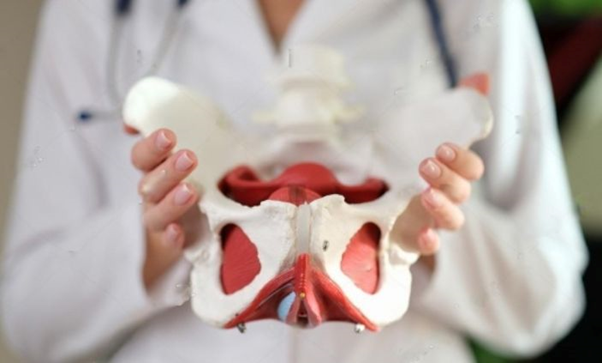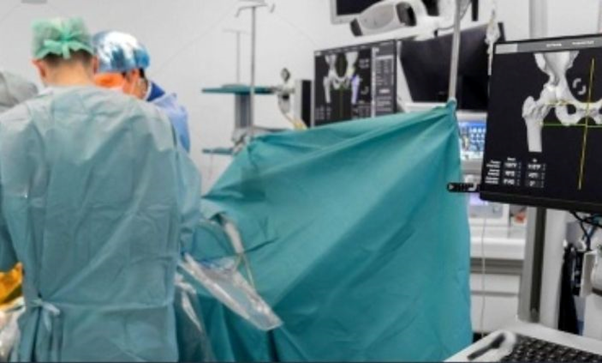Dr. rahul khanna
M.S. (ORTHO), FIASM, FIA
Specialist Joint Replacement, Arthroscopy & Sports Injury
Dr. rahul khanna
M.S. (ORTHO), FIASM, FIA
Specialist Joint Replacement, Arthroscopy & Sports Injury
A Comprehensive Guide to Total Hip Replacement Surgery

Dr Rahul Khanna: Your Guide to Total Hip Replacement

Understanding Total Hip Replacement: A Step-by-Step Guide
- Preparation:
- Anesthesia:
- Incision:
- Hip Joint Resurfacing:
- Implant Placement:
- Closure:
Before the surgery begins, you’ll undergo a thorough evaluation and preparation process, including medical tests, discussions with your surgeon, and lifestyle adjustments.
Once you’re in the operating room, you’ll receive anesthesia to ensure you’re comfortable and pain-free throughout the procedure.
Your surgeon will make an incision over the hip joint, providing access to the damaged or diseased hip joint.
Using specialized tools, your surgeon will remove the damaged cartilage and bone from the hip joint, preparing it for the prosthetic components.
The prosthetic components, including the artificial ball and socket, are then securely placed into the hip joint.
Finally, your surgeon will close the incision using sutures or staples, and you’ll be moved to a recovery area to begin your post-operative care.
Benefits of Total Hip Replacement
- Pain Relief:
- Improved Mobility:
- Enhanced Quality of Life:
One of the primary goals of total hip replacement is to alleviate chronic hip pain and discomfort, allowing you to move more freely and comfortably.
By replacing the damaged hip joint with a prosthetic implant, total hip replacement can significantly improve your mobility and range of motion.
With reduced pain and improved mobility, total hip replacement can enhance your overall quality of life, enabling you to participate in activities and hobbies that were previously challenging or impossible.

Recovery Tips for Total Hip Replacement Patients
- Follow Your Surgeon’s Instructions:
- Attend Physical Therapy:
- Take It Slow:
- Listen to Your Body:
Be sure to follow your surgeon’s post-operative instructions carefully, including any restrictions on physical activity and medications.
Participating in physical therapy sessions can help you regain strength, flexibility, and mobility in your hip joint.
Allow your body time to heal properly by avoiding strenuous activities and gradually increasing your activity level as directed by your healthcare team.
Pay attention to any signs of discomfort or unusual symptoms, and don’t hesitate to contact your surgeon if you have any concerns during your recovery.
Embracing a Pain-Free Future
Emergency?
24 Hour Ready
Call Us for Emergency